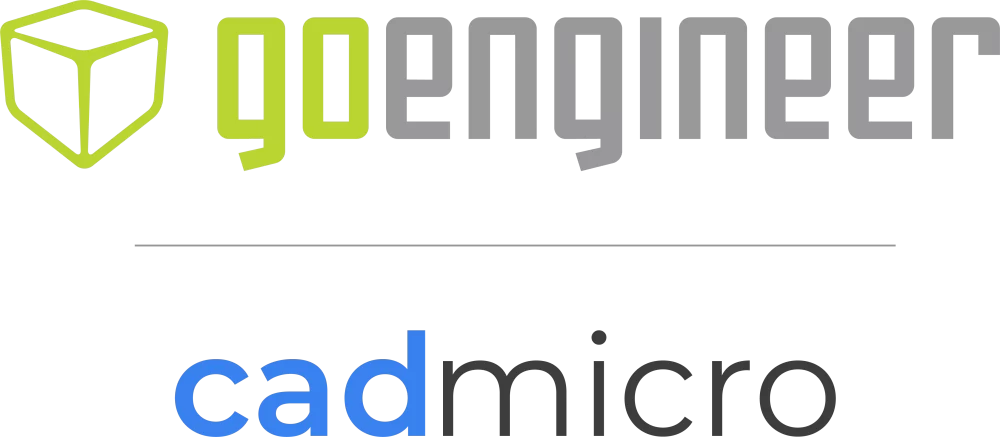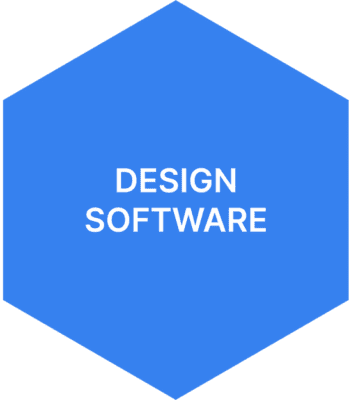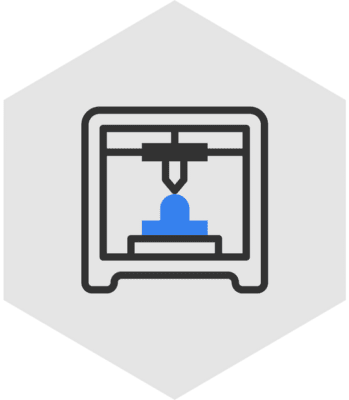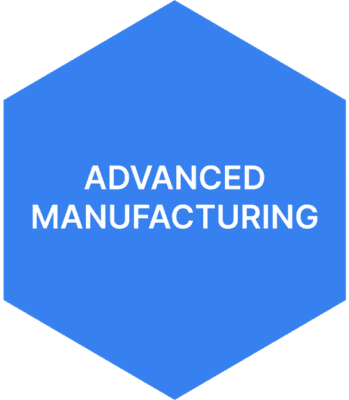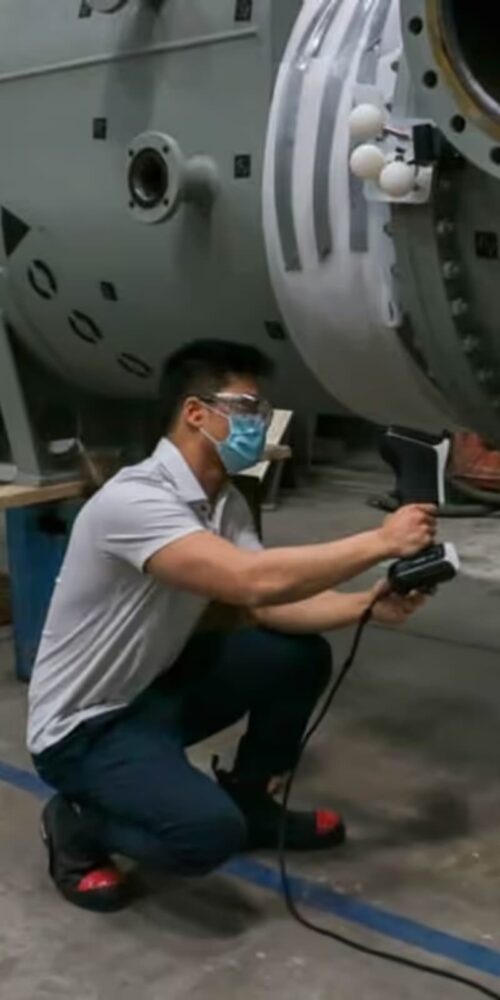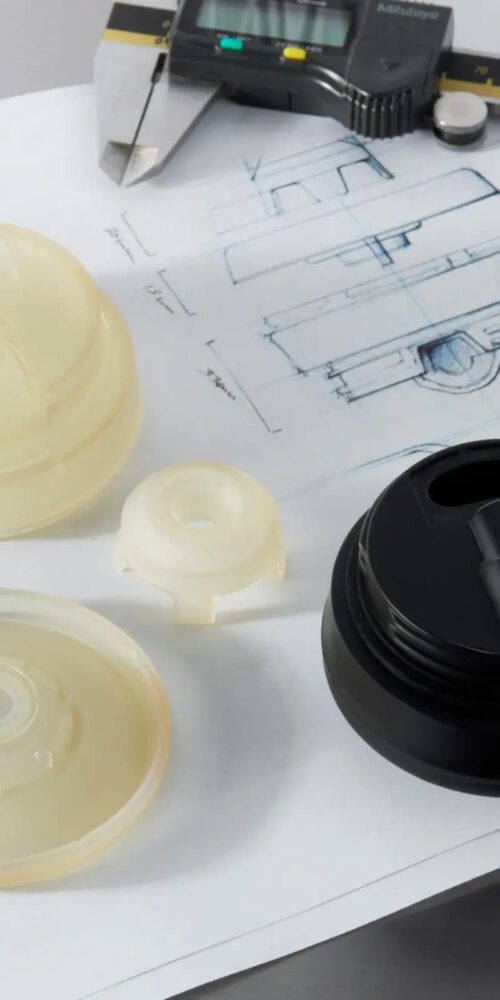
Create lightweight, complex and/or structurally optimized components.
Achieve intricate and complex geometries that are difficult or impossible to achieve with traditional manufacturing. Easily produce parts that require complex internal channels, lightweight lattice structures, and customized designs.
Quickly produce physical prototypes for testing and validation, reducing the time and cost associated with traditional prototyping methods.
Produce parts on-demand, eliminating the need for large inventories or long lead times. Streamline the supply chain, reduce dependency on external suppliers, and improve overall production flexibility.
Consolidate multiple parts into a single 3D-printed part to reduce material waste and assembly costs. Produce spare parts and components when and where they are needed, without the need for expensive inventory management and logistics.
Design and produce parts with improved aerodynamics, heat dissipation, and structural integrity.
Explore new materials and composites with enhanced properties, such as higher strength, heat resistance, or improved fuel efficiency.

